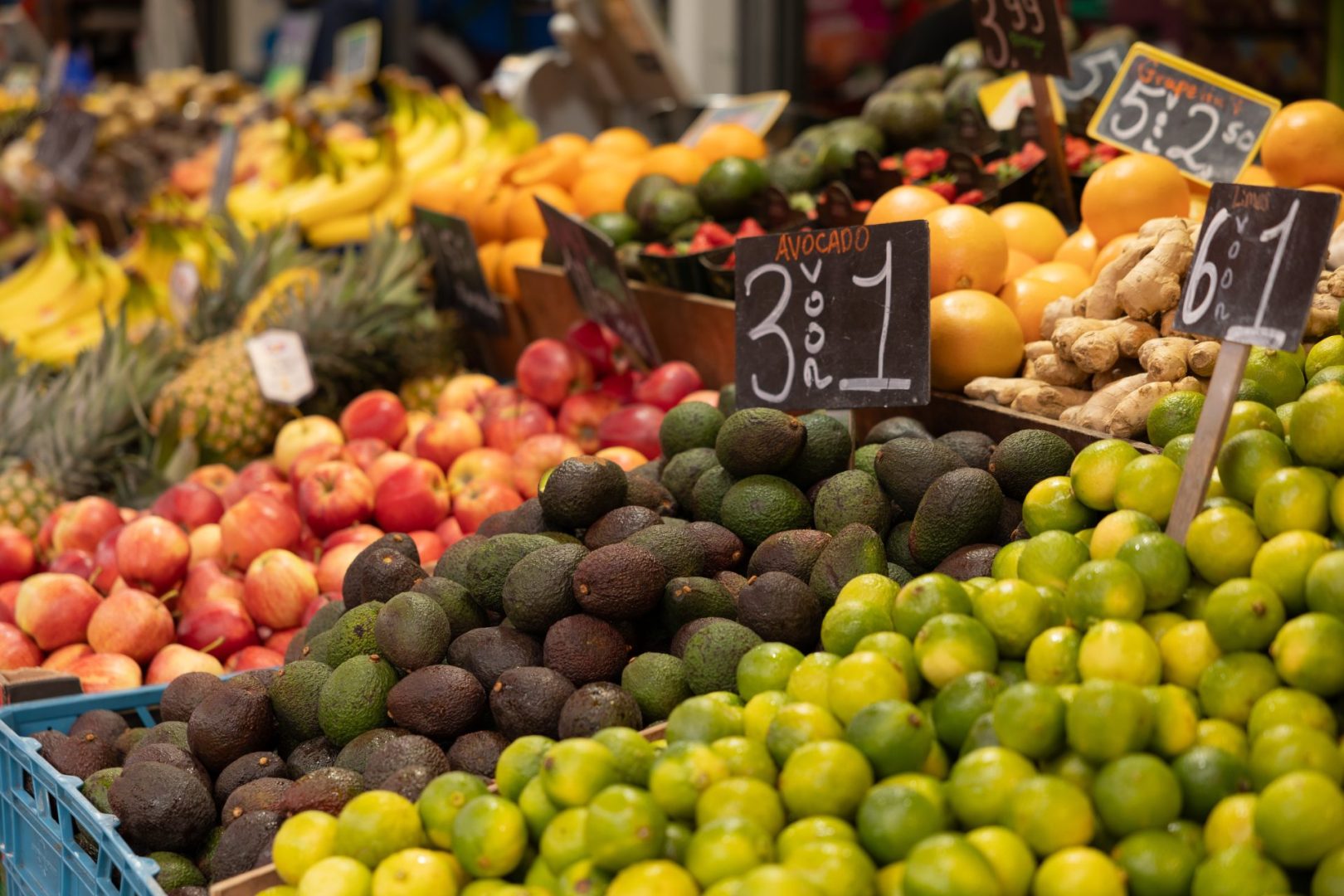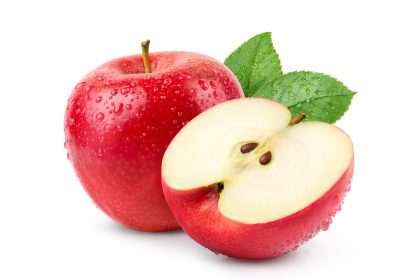When most people think about fruit, they imagine light, refreshing snacks that barely register on the calorie scale. However, nature has created several fruits that deliver substantial energy alongside their nutritional benefits. These calorie-dense options provide sustained fuel for active lifestyles while offering unique flavors and textures that can satisfy even the heartiest appetites.
Understanding which fruits contain the most calories becomes valuable for athletes seeking natural energy sources, individuals looking to gain weight healthily, or anyone wanting to maximize their nutritional intake. These fruits prove that higher calories don’t mean empty calories when they come packaged with essential nutrients, healthy fats, and beneficial compounds.
The calorie content in fruits varies dramatically based on their composition. While water-rich fruits like watermelon or cucumber provide minimal calories, others contain natural sugars, healthy fats, or dense carbohydrates that significantly increase their energy content. This variation creates opportunities to choose fruits based on specific dietary goals and energy needs.
1. Avocado leads the pack with healthy fat power
Avocado stands as the undisputed champion of high-calorie fruits, containing approximately 320 calories per cup of cubed fruit. This remarkable calorie density comes primarily from monounsaturated fats, which comprise about 77 percent of the fruit’s total calories. Unlike many high-calorie foods, avocado’s calories come with exceptional nutritional value.
The fruit provides nearly 20 vitamins and minerals, including potassium, vitamin K, vitamin E, and folate. Its high fiber content supports digestive health and helps maintain steady blood sugar levels despite the substantial calorie load. The creamy texture and mild flavor make avocado incredibly versatile, working equally well in sweet and savory applications.
Avocado’s healthy fats support nutrient absorption, particularly fat-soluble vitamins A, D, E, and K. This means adding avocado to meals can enhance the nutritional value of other foods consumed alongside it. The fruit’s oleic acid content may also support heart health and help reduce inflammation throughout the body.
The substantial calorie content makes avocado an excellent choice for individuals seeking to increase their energy intake naturally. Athletes often rely on avocado for sustained energy that doesn’t cause the blood sugar spikes associated with high-sugar foods.
2. Coconut meat delivers tropical energy density
Fresh coconut meat contains approximately 283 calories per cup, making it the second-highest calorie fruit. The majority of these calories come from saturated fats, specifically medium-chain triglycerides that the body processes differently than other fats. These MCTs provide quick energy while supporting metabolic function.
Coconut meat offers a unique nutritional profile that includes manganese, copper, and selenium. The fruit’s natural electrolyte content makes it particularly valuable for hydration and recovery after physical activity. The combination of healthy fats and natural sugars provides both immediate and sustained energy.
The texture of fresh coconut meat ranges from tender and jelly-like in young coconuts to firm and chewy in mature ones. This variation allows for different culinary applications and eating experiences. The natural sweetness pairs well with both tropical and temperate flavors.
Coconut’s MCT content may support cognitive function and provide steady energy without the crashes associated with simple carbohydrates. The fruit’s fiber content also supports digestive health and helps moderate the absorption of its natural sugars.
3. Dates concentrate natural sweetness and energy
Medjool dates contain approximately 266 calories per cup, primarily from natural sugars including glucose, fructose, and sucrose. These dried fruits represent one of nature’s most concentrated sources of quick energy, making them popular among endurance athletes and active individuals.
Despite their high sugar content, dates provide significant amounts of potassium, copper, and manganese. They also contain antioxidants that may help protect against cellular damage. The fiber in dates helps slow sugar absorption somewhat, providing more sustained energy than pure sugar sources.
The chewy, caramel-like texture and intense sweetness make dates satisfying in small amounts. They work exceptionally well as natural sweeteners in recipes, reducing the need for processed sugars while adding nutritional value. The natural preservation that occurs during drying concentrates both flavors and nutrients.
Dates have been cultivated for thousands of years in desert climates, where their high calorie density provided essential sustenance. This historical context demonstrates their value as a reliable energy source that travels well and stores effectively.
4. Raisins pack concentrated grape nutrition
Raisins contain approximately 217 calories per cup, representing the concentrated essence of grapes with most of their water content removed. This dehydration process intensifies both the sweetness and the nutritional density, creating a portable energy source that keeps well without refrigeration.
The drying process concentrates antioxidants found in fresh grapes, including resveratrol and flavonoids. Raisins also provide iron, potassium, and boron, supporting various bodily functions from oxygen transport to bone health. The natural sugars provide quick energy, while the fiber content offers some moderation of blood sugar response.
Different grape varieties produce raisins with varying flavors and nutritional profiles. Golden raisins, made from green grapes, offer a milder flavor, while dark raisins from red grapes provide more intense sweetness and higher antioxidant levels.
The convenience factor of raisins cannot be overstated. They require no preparation, travel easily, and provide instant energy when needed. This makes them valuable for hiking, sports, or any situation where quick, natural energy is required.
5. Bananas fuel athletes and active lifestyles
A cup of sliced bananas contains approximately 134 calories, primarily from natural sugars and carbohydrates. While not as calorie-dense as the previous fruits, bananas earn their place due to their perfect balance of quick and sustained energy, making them ideal for physical performance.
Bananas provide exceptional potassium content, supporting muscle function and preventing cramps during extended physical activity. They also contain vitamin B6, which plays crucial roles in energy metabolism and neurotransmitter production. The natural sugars in bananas include glucose, fructose, and sucrose, providing both immediate and longer-lasting energy.
The ripeness of bananas significantly affects their calorie content and sugar composition. Greener bananas contain more resistant starch, which acts like fiber and provides fewer immediately available calories. As bananas ripen, this starch converts to sugars, increasing both calorie availability and sweetness.
Athletes have long recognized bananas as ideal pre- and post-workout fuel. The combination of easily digestible carbohydrates, electrolytes, and nutrients supports both performance and recovery without causing digestive distress.
6. Grapes deliver natural sugar concentration
Fresh grapes contain approximately 104 calories per cup, with most calories coming from natural sugars. While individual grapes are small, their concentrated sweetness means that calories can accumulate quickly when consuming larger portions.
Grapes provide resveratrol, particularly in red and purple varieties, along with vitamin C and potassium. The natural sugars in grapes are primarily glucose and fructose, providing quick energy that the body can utilize immediately. The skin contains most of the antioxidants, making whole grapes more nutritious than grape juice.
Different grape varieties offer varying calorie contents and flavor profiles. Red grapes tend to be slightly higher in calories and antioxidants compared to green varieties. The seasonal nature of fresh grapes makes them particularly special when available.
The high water content in grapes helps with hydration while providing energy, making them excellent for hot weather or after physical activity. Their natural portability and no-prep-required nature make them convenient for snacking.
7. Cherries combine sweetness with nutrition
Sweet cherries contain approximately 87 calories per cup, with the majority coming from natural sugars. While not extremely high in calories, cherries deserve recognition for their unique combination of energy and beneficial compounds that support recovery and overall health.
Cherries contain natural melatonin, which may support sleep quality, and anthocyanins, which provide anti-inflammatory benefits. The fruit’s natural sugars provide quick energy, while its antioxidant content may help reduce exercise-induced inflammation and support recovery.
Tart cherries typically contain fewer calories than sweet varieties but offer higher concentrations of certain beneficial compounds. The seasonal availability of fresh cherries makes them particularly prized, though frozen and dried versions extend their accessibility throughout the year.
The natural compounds in cherries may support joint health and reduce muscle soreness, making them valuable for active individuals despite their moderate calorie content.
8. Pineapple delivers tropical energy and enzymes
Fresh pineapple contains approximately 82 calories per cup, providing natural sugars along with unique enzymes that support digestion. While not the highest in calories, pineapple’s enzyme content and nutritional profile make it noteworthy for energy and health.
Pineapple contains bromelain, an enzyme that aids protein digestion and may have anti-inflammatory properties. The fruit also provides vitamin C, manganese, and natural sugars that offer quick energy. The combination of sweet and tart flavors makes pineapple satisfying and refreshing.
The core of pineapple contains the highest concentration of bromelain, making it valuable to consume despite its tougher texture. Fresh pineapple provides more enzymes and nutrients than canned versions, which often contain added sugars.
Incorporating high-calorie fruits strategically
These energy-dense fruits work best when incorporated thoughtfully into balanced eating patterns. They can serve as pre-workout fuel, post-exercise recovery foods, or substantial snacks that provide lasting satisfaction. Understanding their calorie content allows for informed choices based on individual energy needs and health goals.
The key to benefiting from high-calorie fruits lies in appreciating their complete nutritional packages rather than focusing solely on their energy content. These fruits provide calories alongside vitamins, minerals, fiber, and beneficial compounds that support overall health while meeting energy requirements.
















